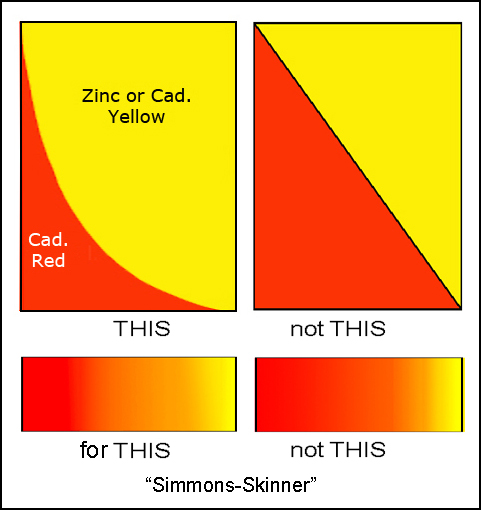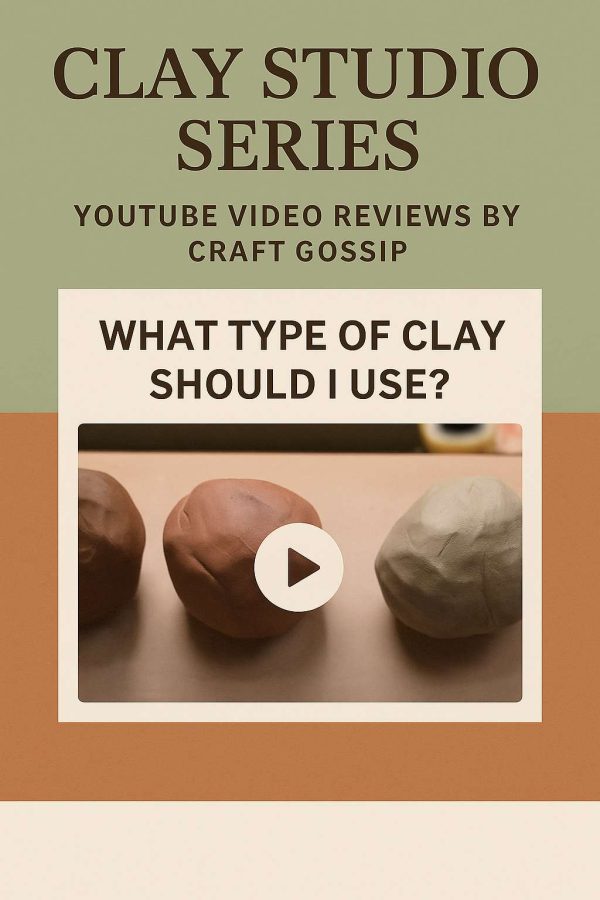
If you do much claying you may well have tried your hand at Skinner blends. And you may have ended up with the result Carol Simmon mentions on the Skinner side of the diagram above: your blend will have, mostly, one colour with only a small amount of “gradient”. I tweak this on auto pilot, these days, by adding a little more of the lighter colour to smooth my blend out, particularly if my lighter colour isn’t white. At one point I did a lot of colour mixing in a linear fashion and realized why my mixes did this blocky, short gradient but Carol explains it much more elegantly in her post.
The details of the post are fairly technical but if you try a few mixes with an altered blend layout you will get a better gradient for your work. On the rest of Carol’s site you can see some of her truly fabulous cane work where the colours absolutely glow.
